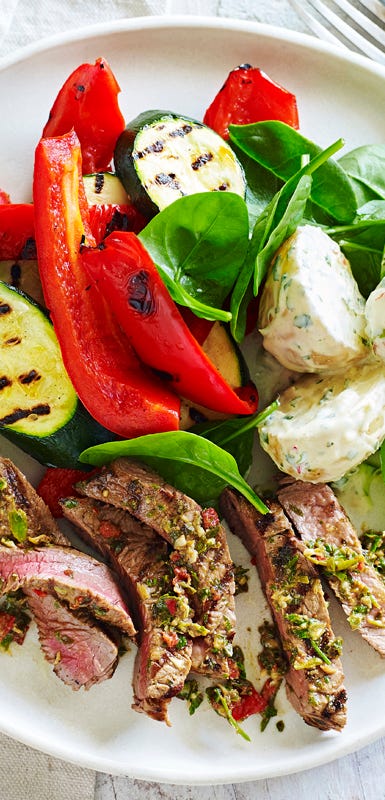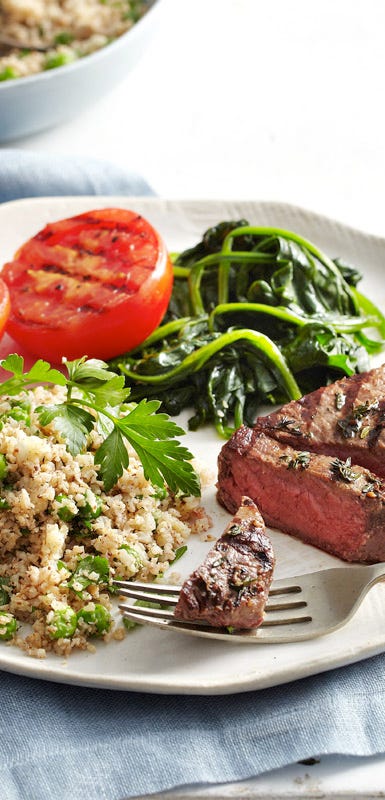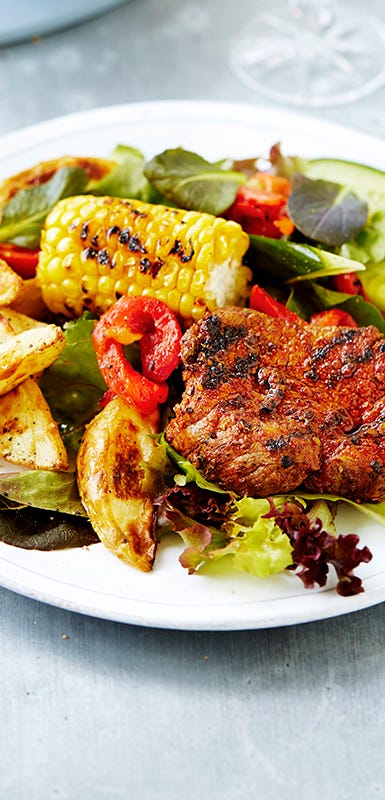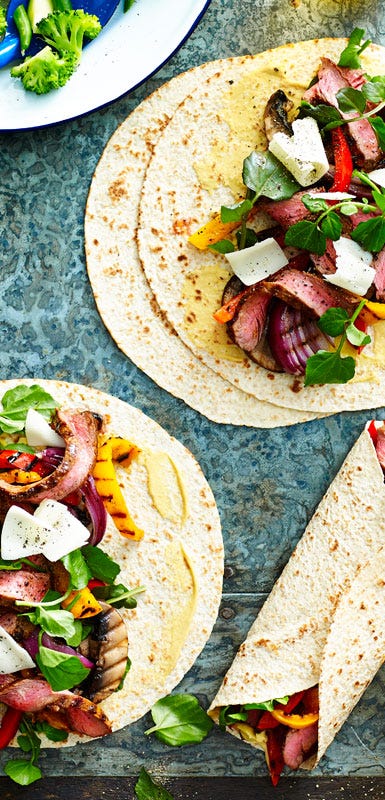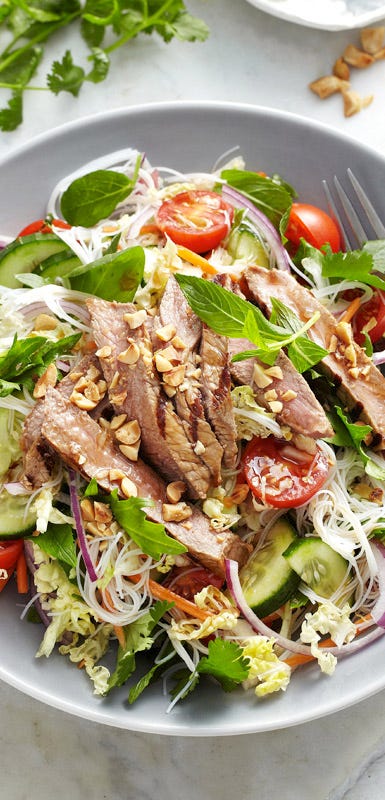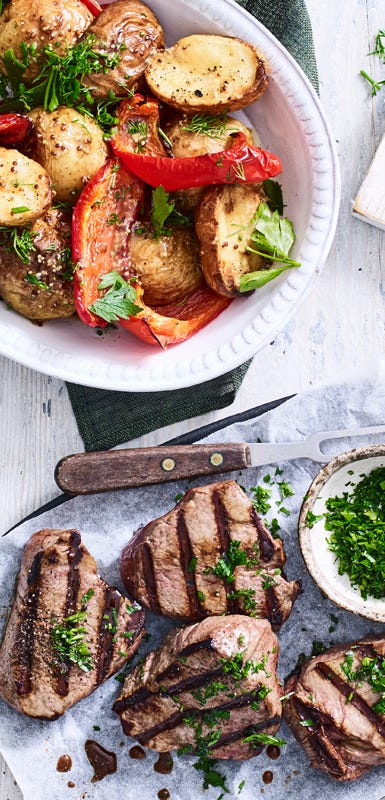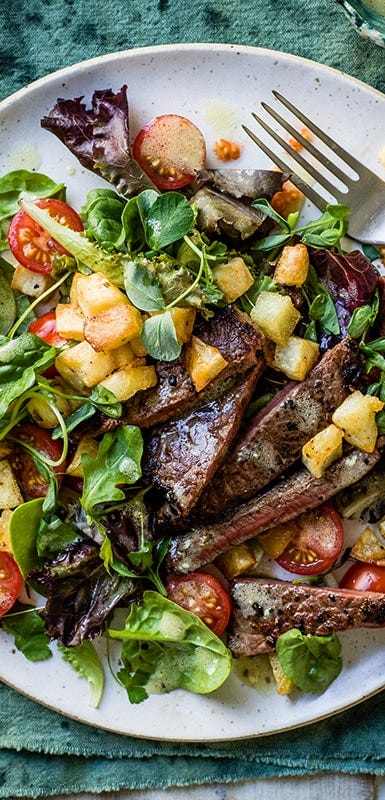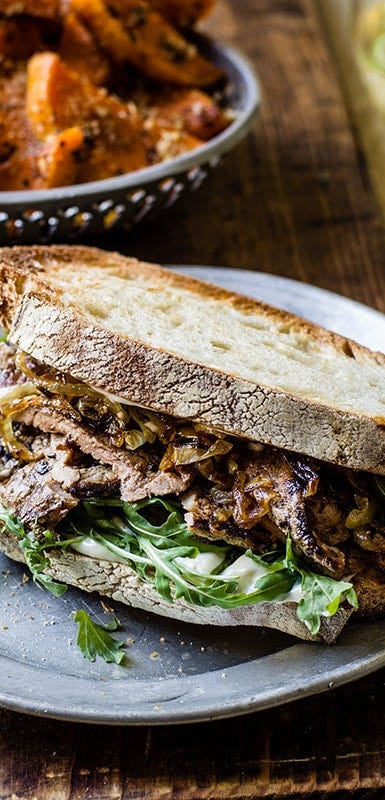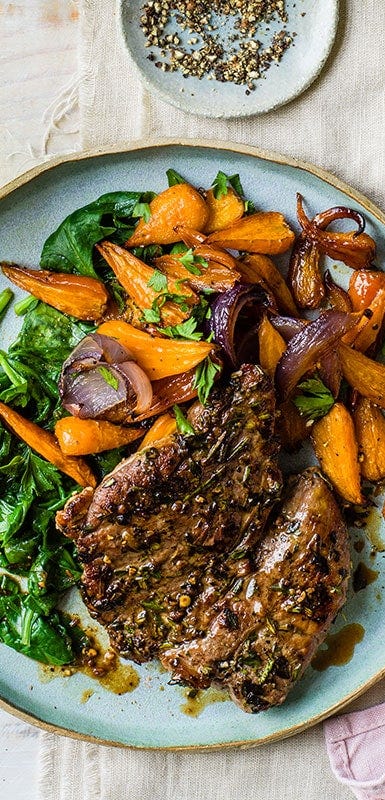How to cook the perfect steak
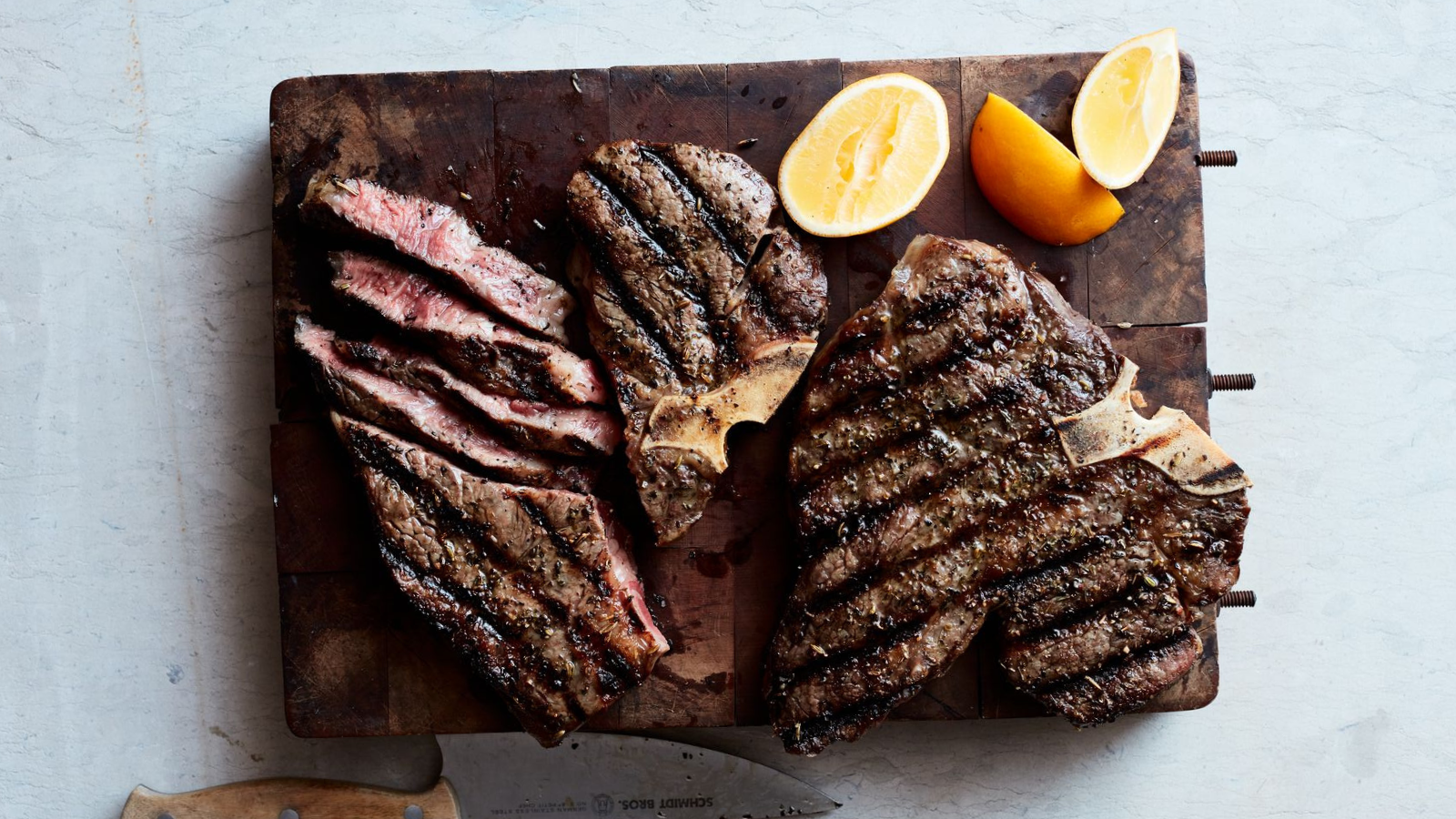

BBQ steak
Some like it barely cooked, while others prefer it almost charcoal. Whichever way you like your steak, here are a few simple tips to ensure it is as perfect as possible.
1. Bring steaks out of the fridge at least 10 minutes before cooking. This allows the temperature to rise so the meat doesn’t seize when it hits the hot pan, which can make it tough.
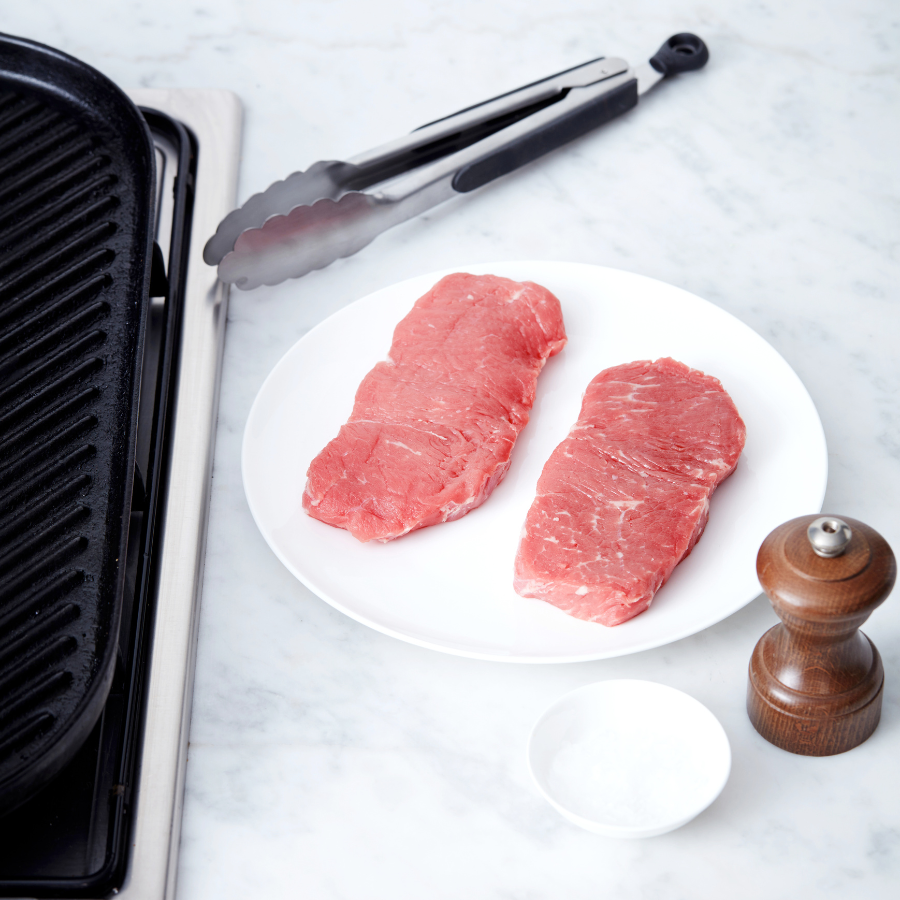
2. Preheat a barbecue or chargrill over medium-high heat until very hot (steaks should sizzle as soon as they hit the pan). Lightly spray steaks with oil and season with salt and pepper. Cook, turning once only, until cooked to your liking.
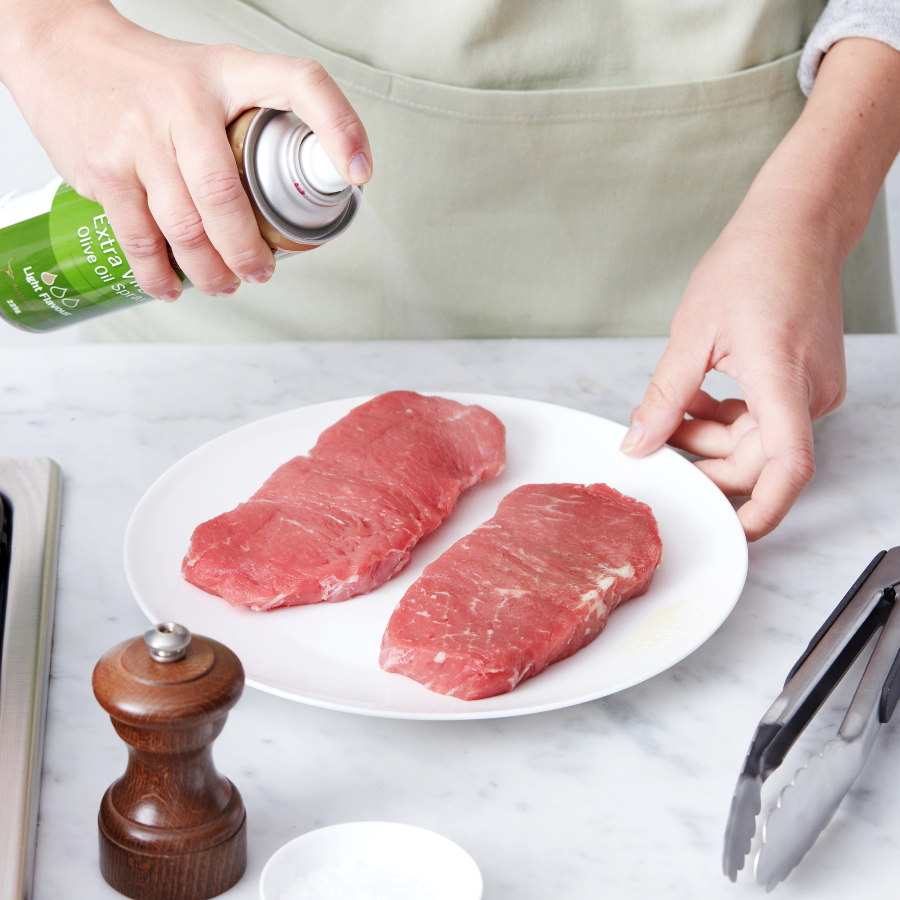
3. Transfer steaks to a plate and loosely cover with foil. Set aside for 5-10 minutes to rest (this helps the steak reabsorb the juices and keeps it moist).
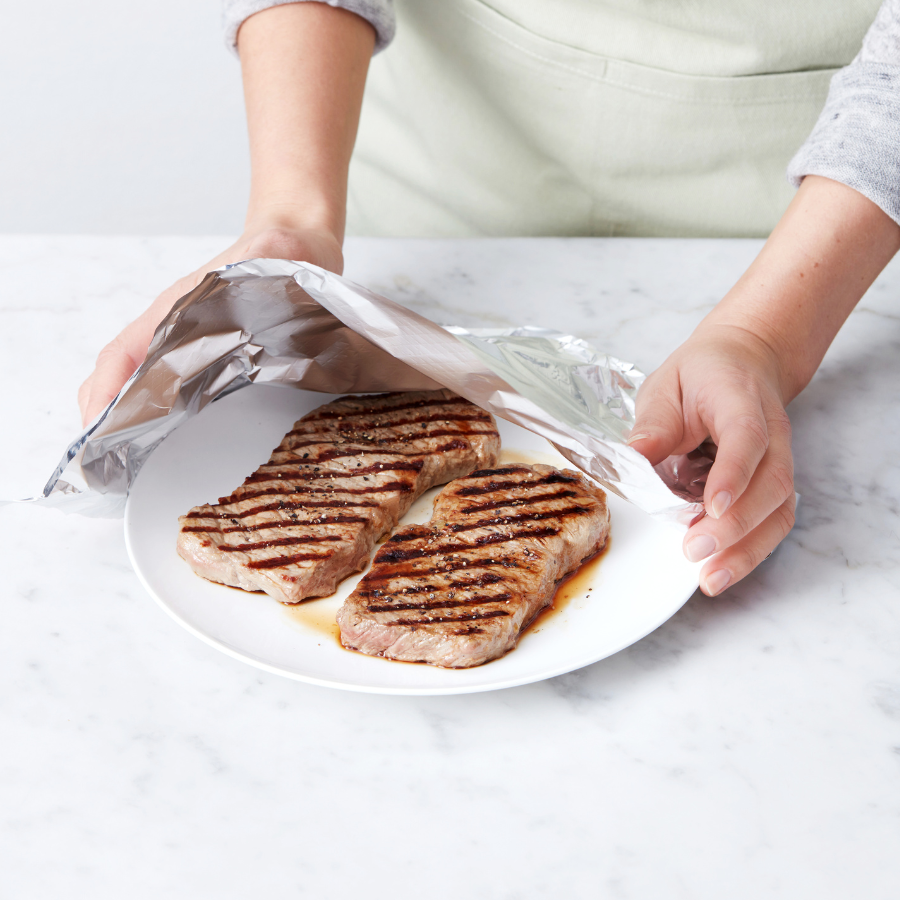
Which steak to cook?
- Rump. Well-priced and lean but comes from a working muscle so is best suited to quick cooking. Choose steaks no more than 1.5cm thick and ideally serve medium-rare.
- Sirloin/porterhouse. A steak lover’s favourite because it’s rich in flavour. All steaks from the back/spine are more tender as they do less work. Choose steaks about 2cm thick.
- Scotch fillet. Also comes from the back section so it’s juicy and tender when cooked. Can be a bit fatty so trim well.
- Fillet. A super-tender, high-priced cut with little fat or connective tissue. If cooking thick pieces, finish it in the oven so the outside doesn’t dry out.
- Blade. A budget steak that comes from the shoulder muscle so cook it quickly to keep it moist and tender.
- T-bone. A barbie favourite because it’s two steaks in one – fillet on one side and sirloin on the other!
- Topside. It’s sold as a steak but is really best for slow-cooking and casseroles.
Top tips for cooking steak
- Always try to buy steaks of similar thickness. This makes it easier to cook them evenly when cooking several at once.
- If buying pre-packaged meat, choose meat with a vibrant colour and check it doesn't have excessive moisture at the bottom of the package (as this means it could dry out when cooked).
- Steaks can be frozen but will lose moisture when defrosting. To reduce this, always defrost in the fridge and take care not to overcook it.
- Oil the steak not the pan as this stops the steak from sticking and charring.
- Avoid overcrowding your grill or pan as this causes the temperature to drop (so steaks will stew, not sizzle).
- Don’t pierce steaks with a fork or knife to check if they are cooked as this lets the precious juices escape.
How long to cook steak for?
If everyone likes their steak cooked differently, here’s how to get it right:
- Rare: turn before juices rise to the surface (as soon as meat has seared). The steak will feel very soft when pressed with your finger or tongs.
- Medium rare: turn when small droplets of juice rise to the surface (about 1–2 minutes each side). The steak will feel soft when pressed with your finger or tongs.
- Medium: turn when large droplets rise to the surface (about 2–3 minutes each side). The steak will feel slightly bouncy when pressed with your finger or tongs.
- Well done: turn when juices pool on the surface (about 3–4 minutes each side). The steak will feel firm when pressed with your finger or tongs.

